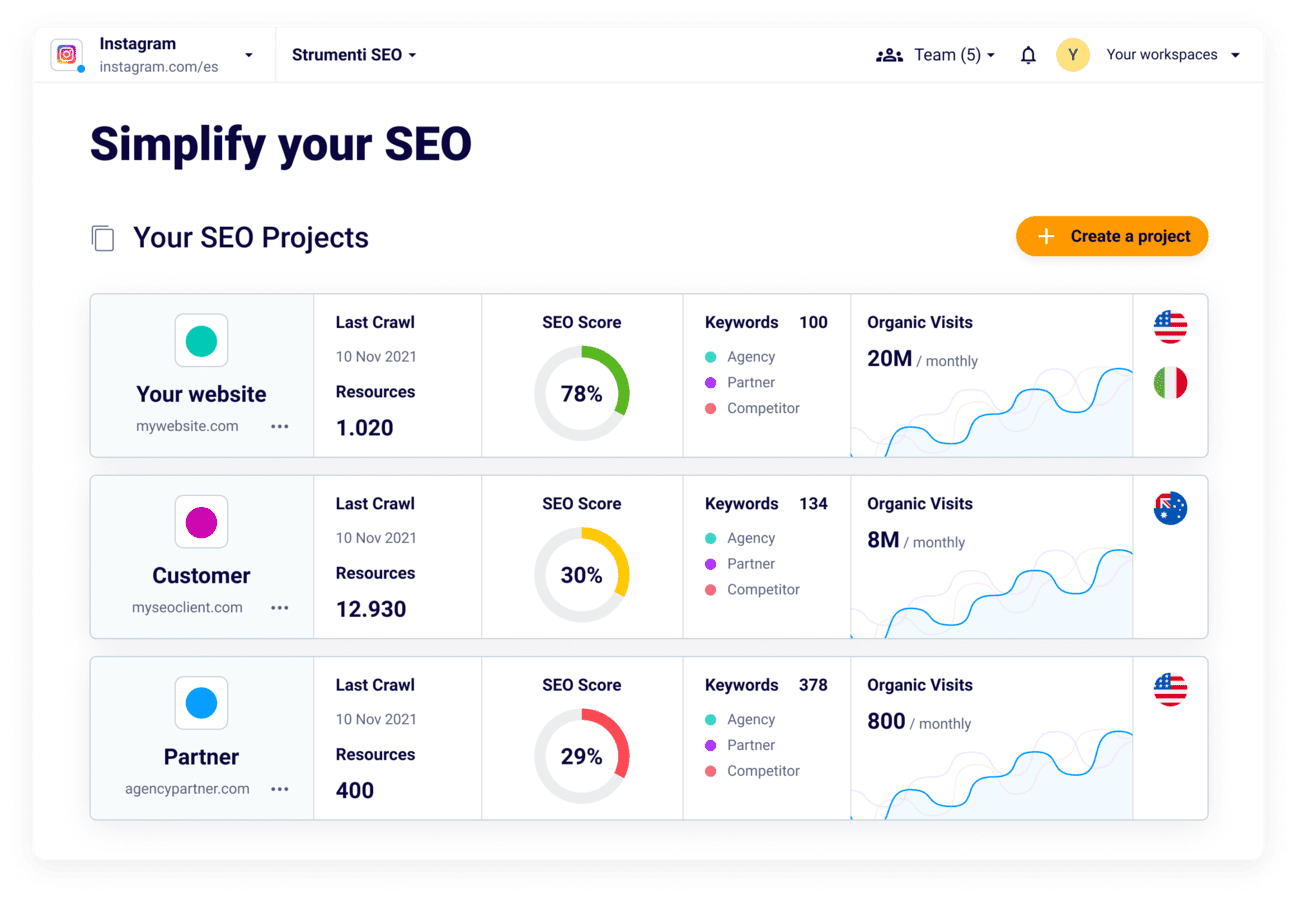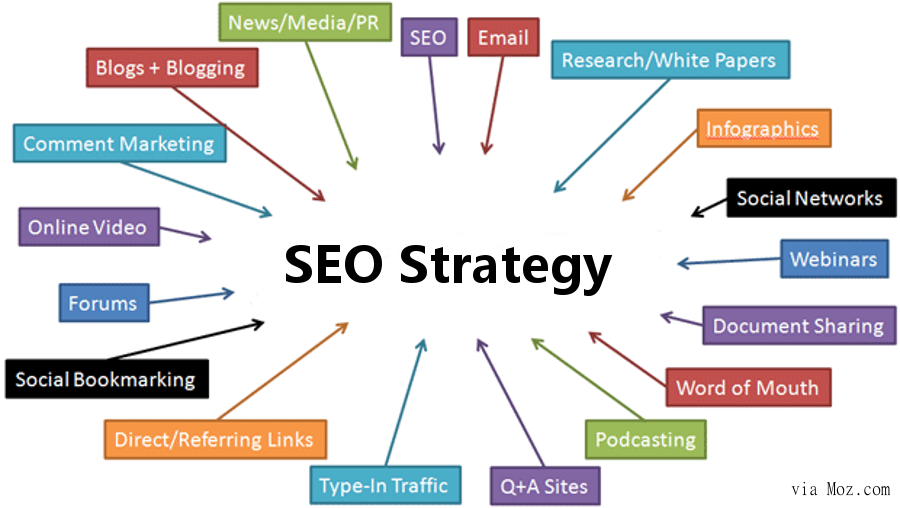A Comprehensive Take a look at What Is Not Considered a Default Medium in Google Analytics
A Comprehensive Take a look at What Is Not Considered a Default Medium in Google Analytics
Blog Article
Thinking Outside the Box: Leveraging Unconventional Mediums to Enhance Google Analytics Efficiency
In the world of digital advertising, the quest for improved Google Analytics efficiency has come to be a strategic imperative for services looking for to improve their on the internet visibility. Conventional approaches often drop brief in catching the complete range of customer communications and behaviors. Nevertheless, by checking out unconventional tools as opportunities of information collection, a new world of possibilities emerges. These undiscovered areas provide a riches of untapped understandings that could potentially revolutionize the means we recognize and optimize our digital strategies.
Unique Information Sources

CRM systems, as an example, can provide insights right into specific client communications, acquisition history, and preferences, which can be incorporated with Google Analytics information to produce more customized marketing strategies. Social media systems supply important information on individual demographics, rate of interests, and involvement metrics, enabling organizations to assess the efficiency of their social media sites campaigns and enhance material for much better efficiency. Email marketing data, including open prices, click-through rates, and conversion metrics, can also be leveraged to track customer involvement and actions beyond web site communications recorded by Google Analytics. By leveraging these one-of-a-kind data sources, businesses can improve their strategies, boost targeting initiatives, and improve overall Google Analytics efficiency.
Social Media Site Insights
In addition, social media sites analytics tools enable organizations to track key efficiency indicators, display campaign performance, and gauge the impact of their on the internet activities. Recognizing the demographics of fans, determining prominent content motifs, and examining involvement levels can aid services customize their advertising techniques for far better outcomes.
Offline Marketing Integration
Incorporating offline advertising and marketing methods with digital analytics can improve overall project efficiency and give a more extensive understanding of customer habits. what is not considered a default medium in google analytics. By linking the space between online and offline efforts, companies can track the effect of standard marketing channels such as print ads, TV commercials, direct mail, and events on their on-line presence

Furthermore, applying phone call radar for offline marketing tasks allows businesses to record useful information on client questions created via printed ads or products (what is not considered a default medium in google analytics). By examining telephone call data together with on-line metrics in Google Analytics, organizations can acquire deeper understandings into the consumer journey and enhance advertising approaches for enhanced efficiency across all networks
IoT and Wearable Technology
Making use of IoT and wearable modern technology in electronic analytics can transform data collection and consumer insights for organizations seeking a deeper understanding of user habits patterns. These cutting-edge innovations use a smooth way to collect real-time data from different touchpoints. IoT devices can track customer communications with product and services, supplying beneficial info on use patterns and choices. Wearable innovation, such as smartwatches or health and fitness trackers, can supply insights into customer activities, health metrics, and even location data.
Gamification Methods
The application of gamification strategies in digital analytics presents an ingenious method to improving customer engagement and driving workable understandings for businesses. By including game-like components such as points, badges, leaderboards, and rewards right into the analytics user interface, business can encourage individuals to communicate more regularly and meaningfully with the information.
Gamification motivates customers to discover various attributes of the analytics platform, uncovering important insights that may have or else gone undetected. Via interactive challenges and progression monitoring, users are incentivized to delve deeper into the information, causing increased anchor time invested in the platform and a greater probability of discovering crucial patterns or patterns.
In addition, gamification can cultivate a feeling of competitors among users, spurring them to strive for higher performance and engagement levels. This competitive spirit can drive boosted customer adoption prices and a much more thorough usage of the analytics tools offered. Eventually, by leveraging gamification techniques in digital analytics, services can produce a much more effective and interesting environment for individuals, leading to even more informed decision-making and improved general performance.
Final Thought
To conclude, leveraging non-traditional mediums such as special data sources, social media sites understandings, offline advertising and marketing integration, IoT click resources and wearable modern technology, and gamification techniques can enhance Google Analytics efficiency. By assuming outside the box and exploring these different sources of data, services can get valuable understandings and boost their general marketing approaches. It is essential for firms to continuously check out brand-new ways to collect data and examine it in order to remain ahead in the ever-evolving digital landscape.
By including data from resources such as customer relationship monitoring (CRM) systems, social media platforms, and e-mail marketing campaigns, organizations can acquire a more detailed understanding of their target market actions and involvement patterns. Social media systems use beneficial information on user demographics, passions, and involvement metrics, allowing companies to gauge the effectiveness of their social media projects and enhance content for much better efficiency. By leveraging these one-of-a-kind information resources, companies can improve their approaches, boost targeting initiatives, and boost general Google Analytics performance.
Checking out social media understandings can provide services with useful data on individual demographics, passions, and engagement metrics, allowing for notified decision-making and calculated optimization of advertising and marketing initiatives. By assuming outside the box and exploring these alternate sources of information, services can gain valuable understandings and boost their total advertising methods.
Report this page